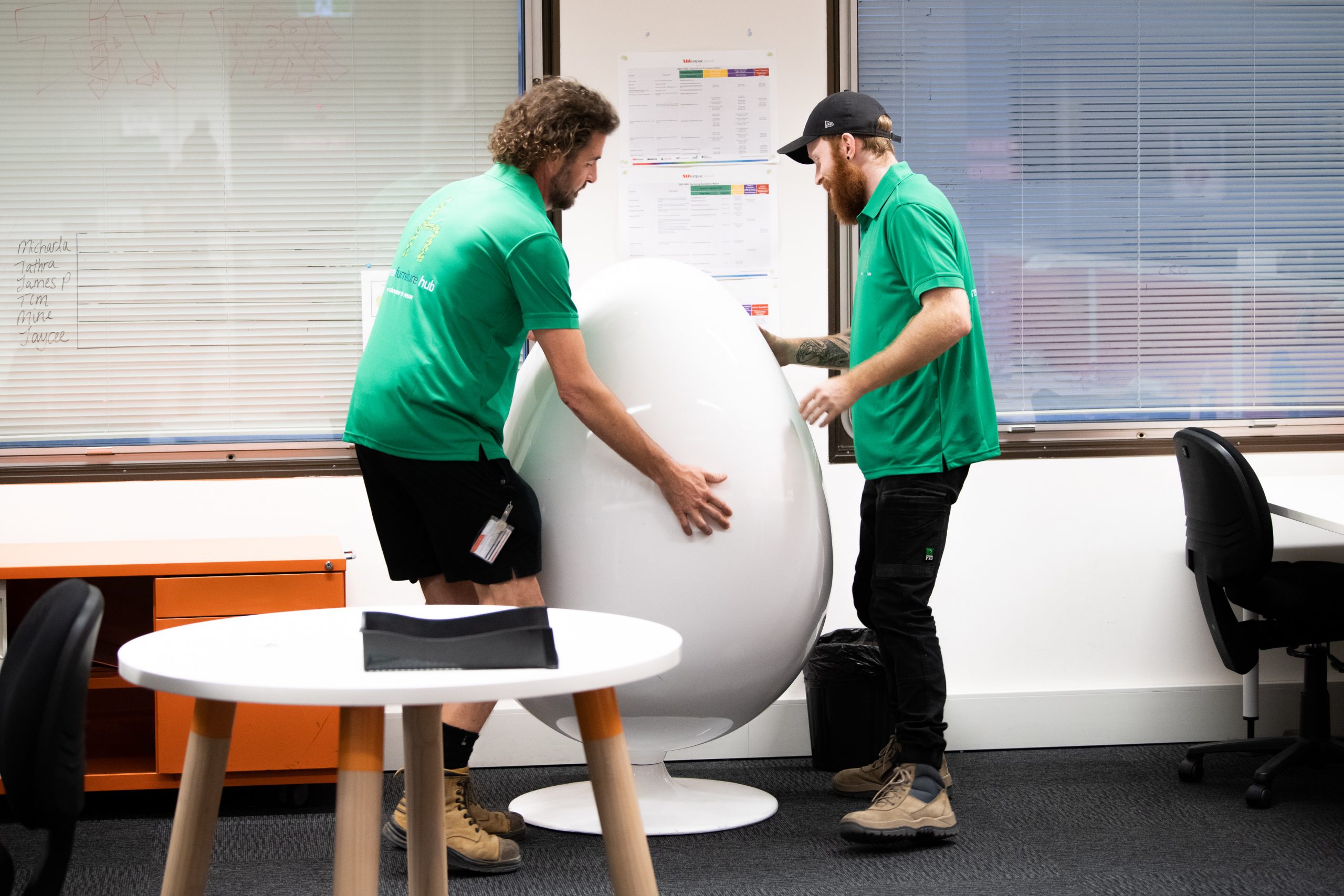Think ‘green’ at the end of your lease


Making the complex move go smoothly, is what we do.
According to Better Building Partnerships, an estimated 10% of office stock turns over each year, generating 145,000 tonnes of strip-out waste. Close to 30,000 tonnes of this waste relates to office furniture. The average car weighs 1.5 tonnes, so you can quickly put this amount of office waste into perspective and understand the extent of the problem.
The environmental impact of this problem is that only 20% of this material is recycled and less than 2% reused in its current manufactured form – although practices are improving. The rest is typically sent to landfill despite being in good operational order, inherently high in value, and still being a valuable resource. What a waste, but what a tremendous opportunity.
As a business community, we must operate more thoughtfully and sustainably when managing our office environments and end-of-lease decisions. Let’s look at the office furniture resource stream as an example in the context of when a business relocates. There are multiple strategies you can explore before handing back the space to the building owner, which can dramatically reduce landfill contribution. These strategies include working with the architect to incorporate a percentage of the existing furniture into the new premises rather than buying new, staff auctions, a donation to community groups, charities and small businesses, or a resale program to capture value on high-end items or equipment.
All these activities will go a long way to reducing the leftover furniture that remains after the relocation and will make a strong environmental statement to your stakeholders.
As a side note here, you will help reduce the energy and resource consumption used to manufacture and distribute new products by choosing to reuse in your new premises. According to a UK study, manufacturing the average office task chair causes approximately 70 kilograms of CO2 emissions. Think of the number of new office chairs purchased every year.
The other thing to consider when moving from one site to another is the quality of items and their sustainability credentials when buying new items. For example, consider procuring brands that incorporate high-quality and sustainable materials and a product design that allows for easy disassembly or component replacement. Procuring furniture with these requirements upfront will likely result in an extended product lifecycle and opportunities for reuse after your business finds the product surplus for your operations.
All this seems obvious, but only a few businesses are incorporating reuse strategies into their procurement decisions or end-of-lease obligations. Or it is a matter of the difficulty in prioritising limited resources, including the time it takes to manage these tasks. And this is our focus in our sustainability service called Green Furniture Hub (GFH) – to make it easy for organisations to be more sustainable by managing all the moving parts required to keep surplus furniture out of the landfill. Either way, businesses should think differently about their approach at the end of the lease. To learn more about Goals’ sustainability service GFH visit www.greenfurniturehub.com.au.
 1300 35 36 37
1300 35 36 37






